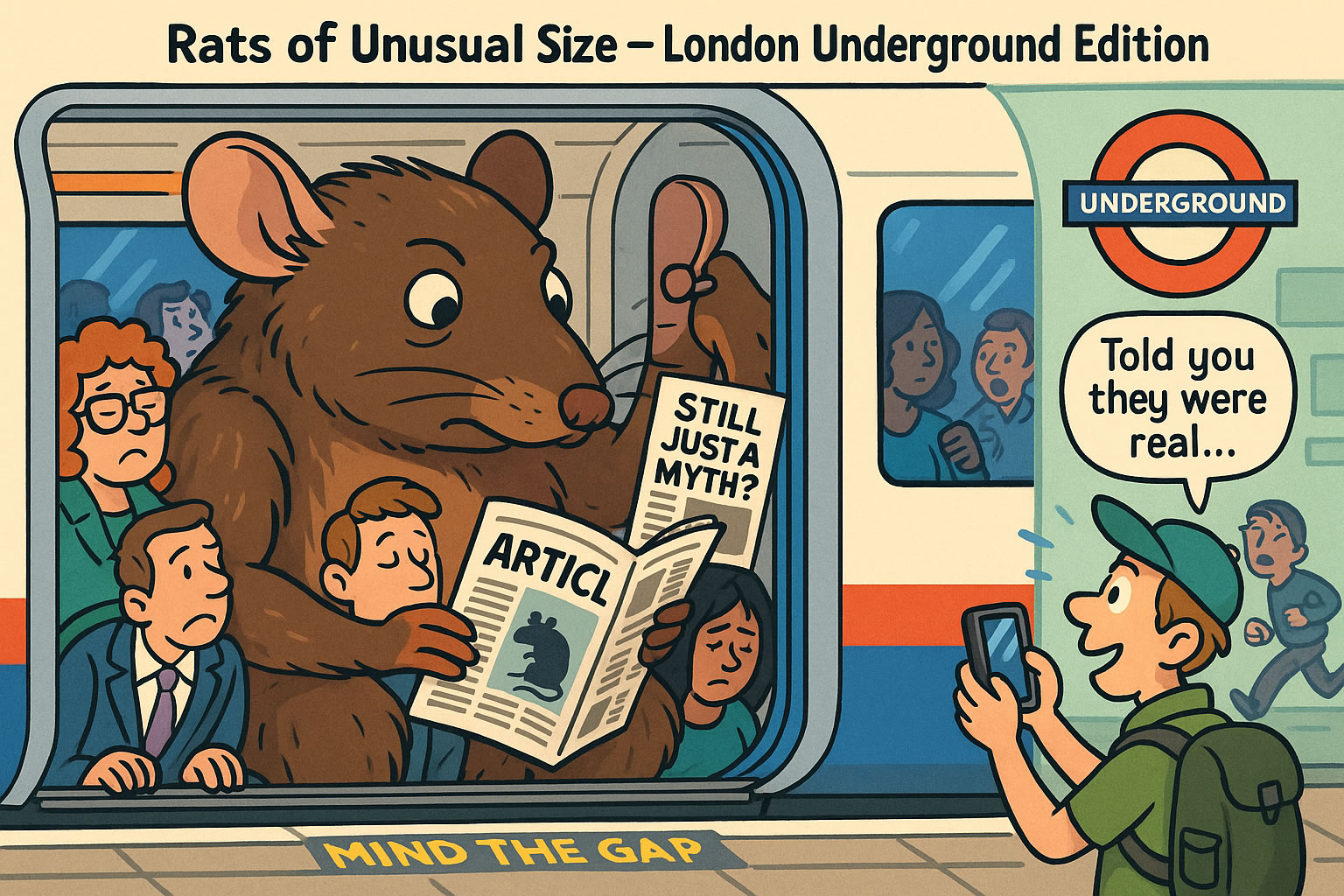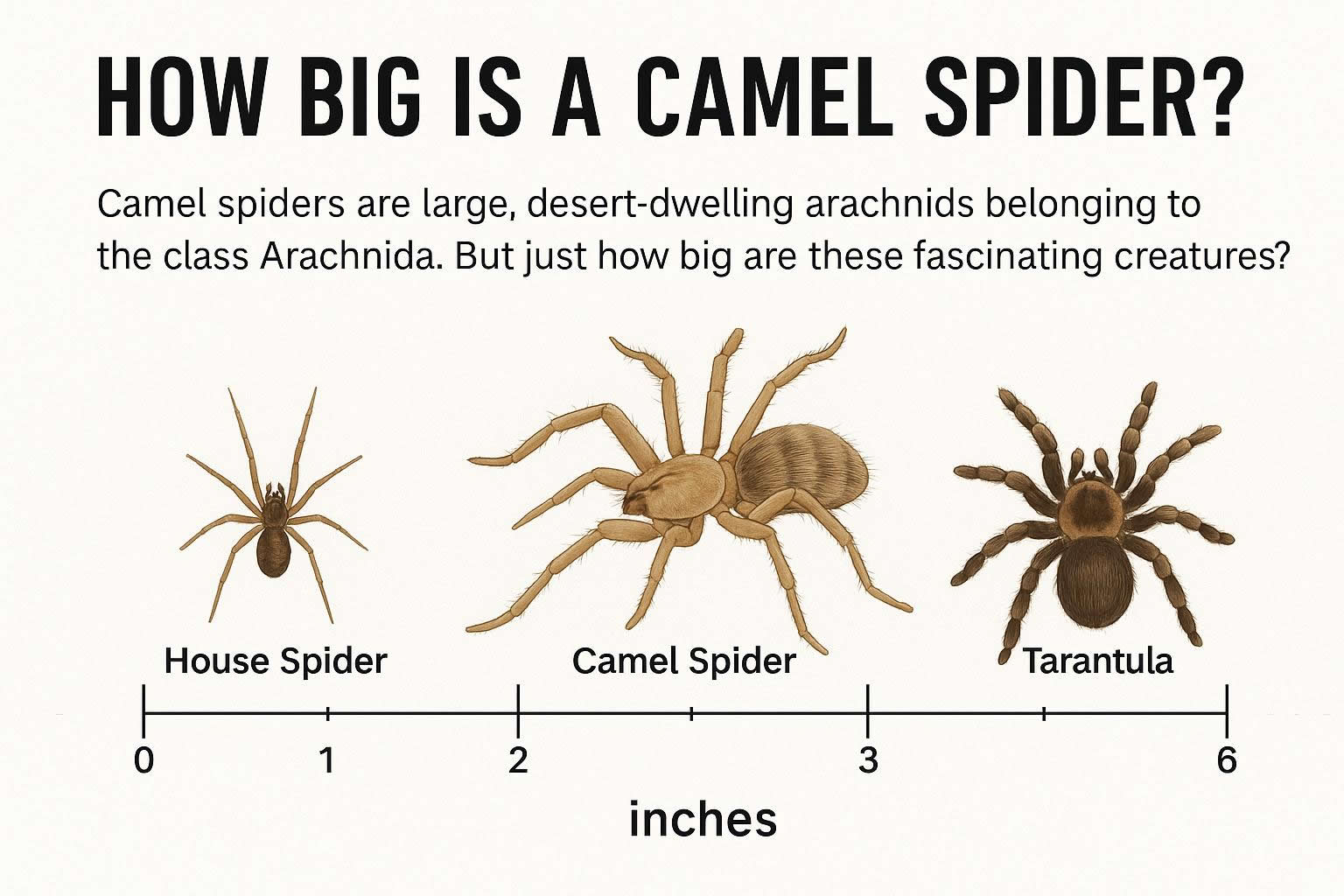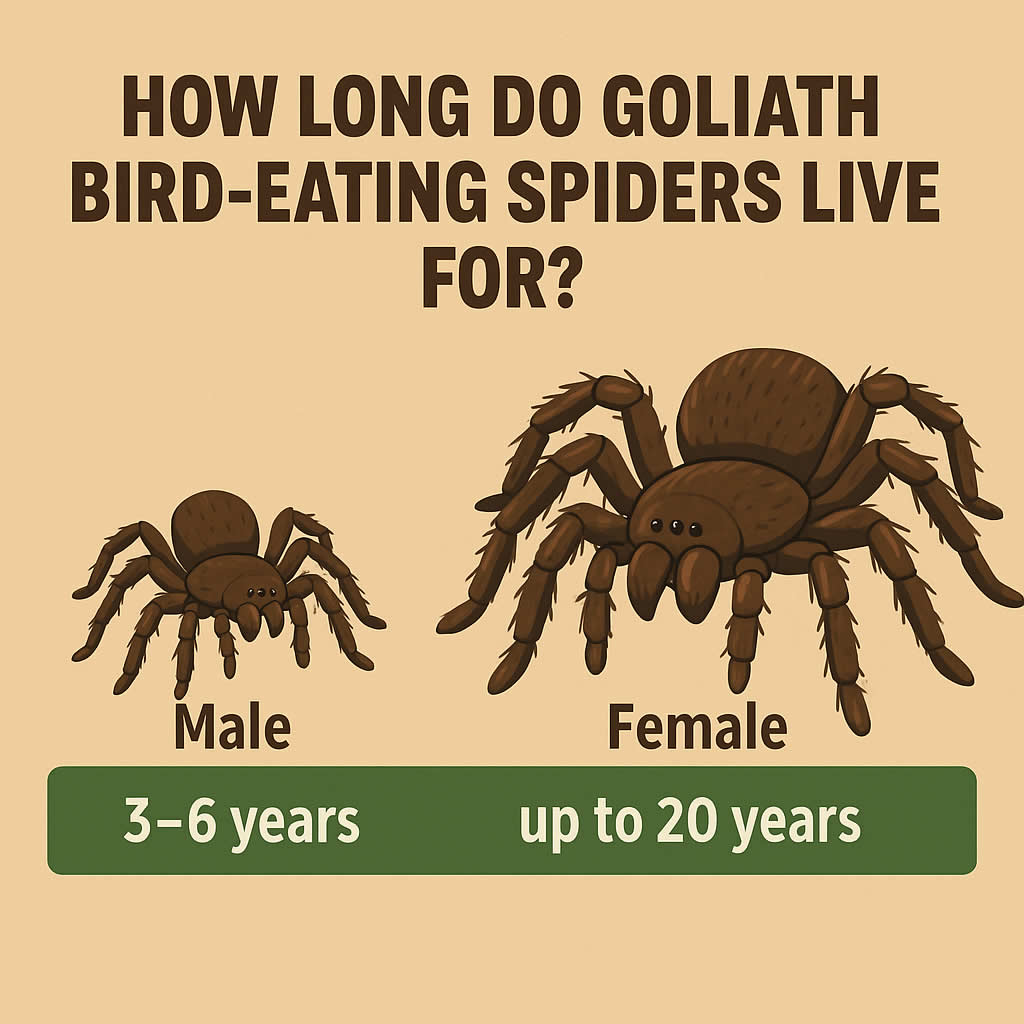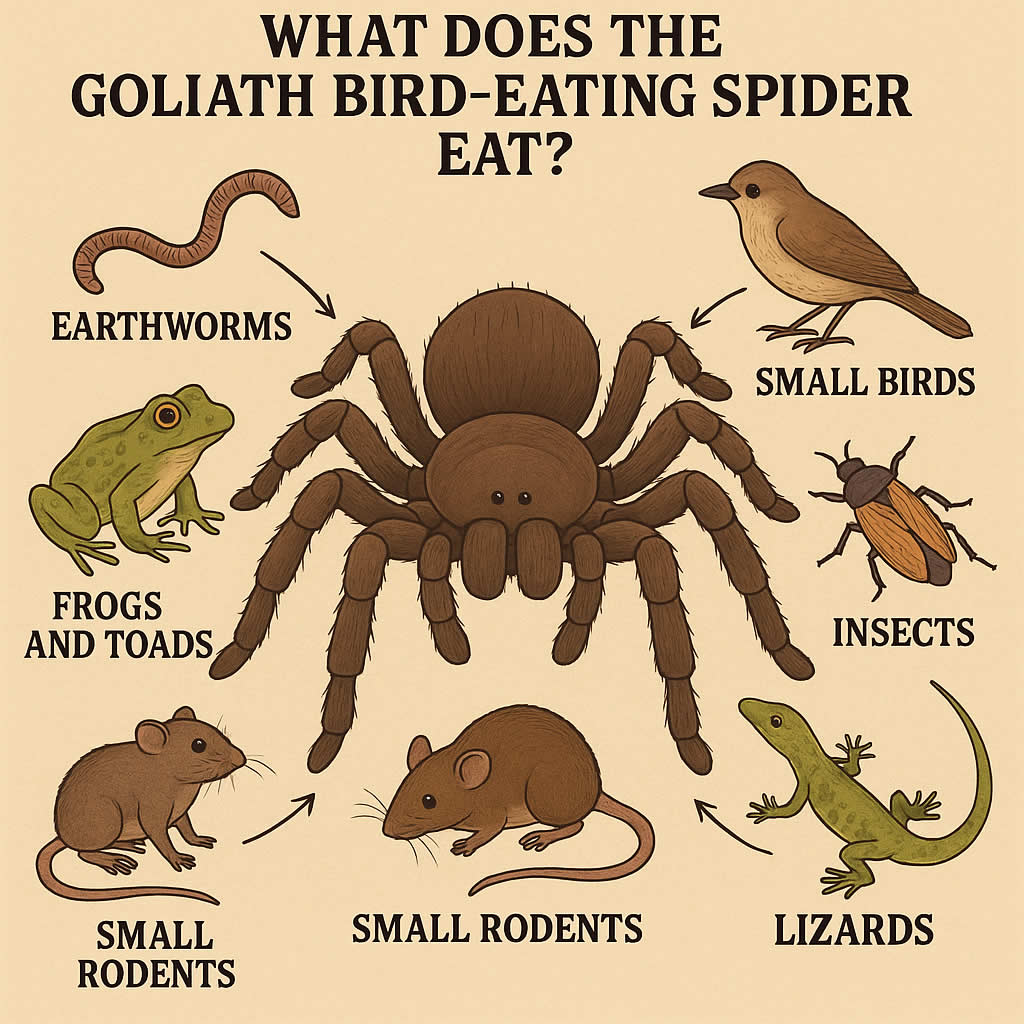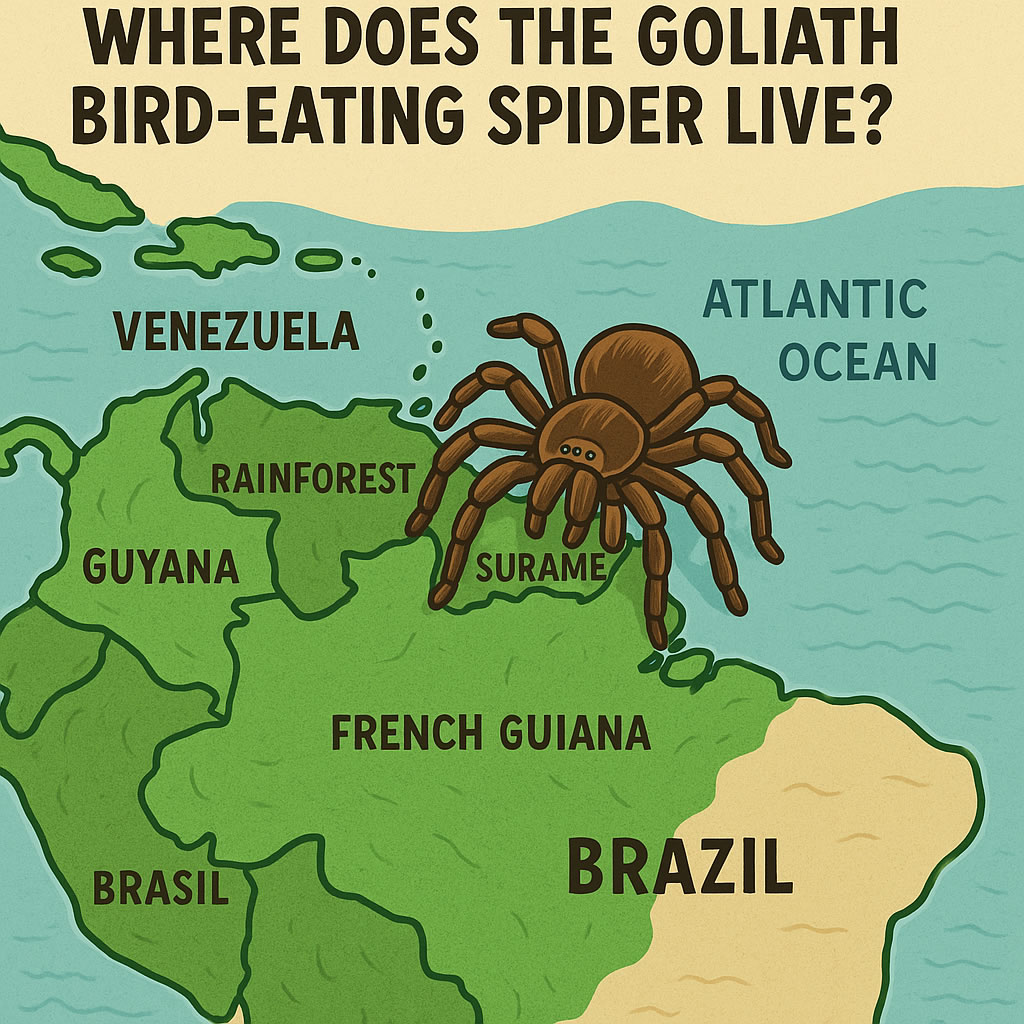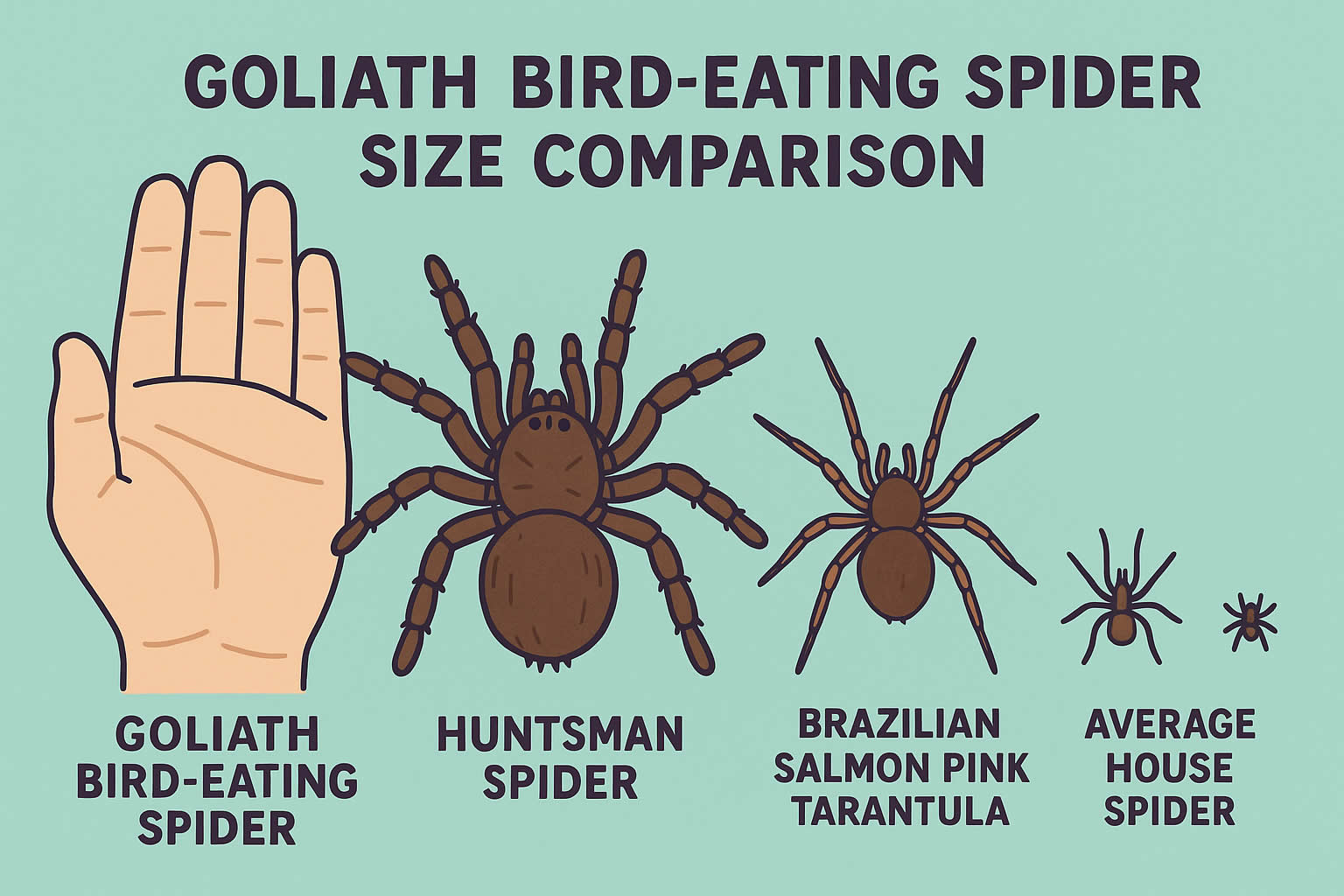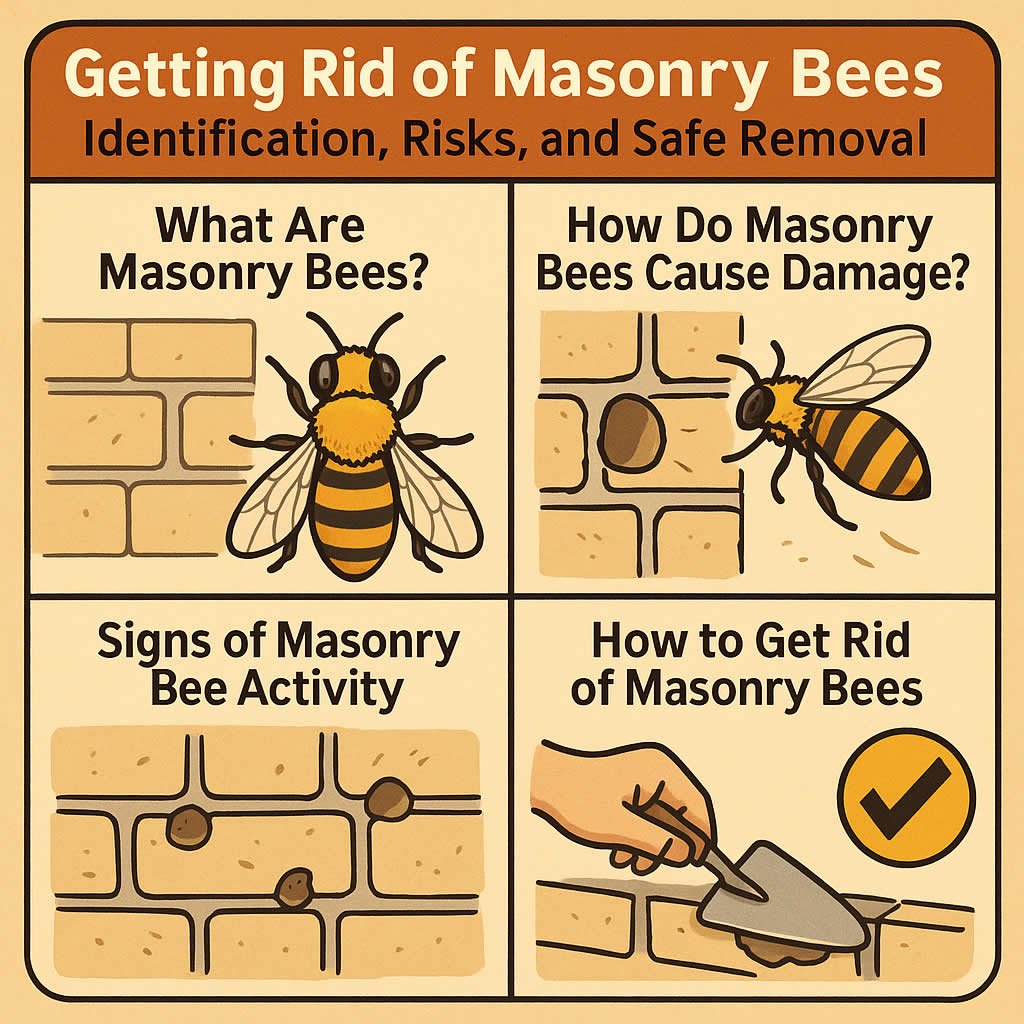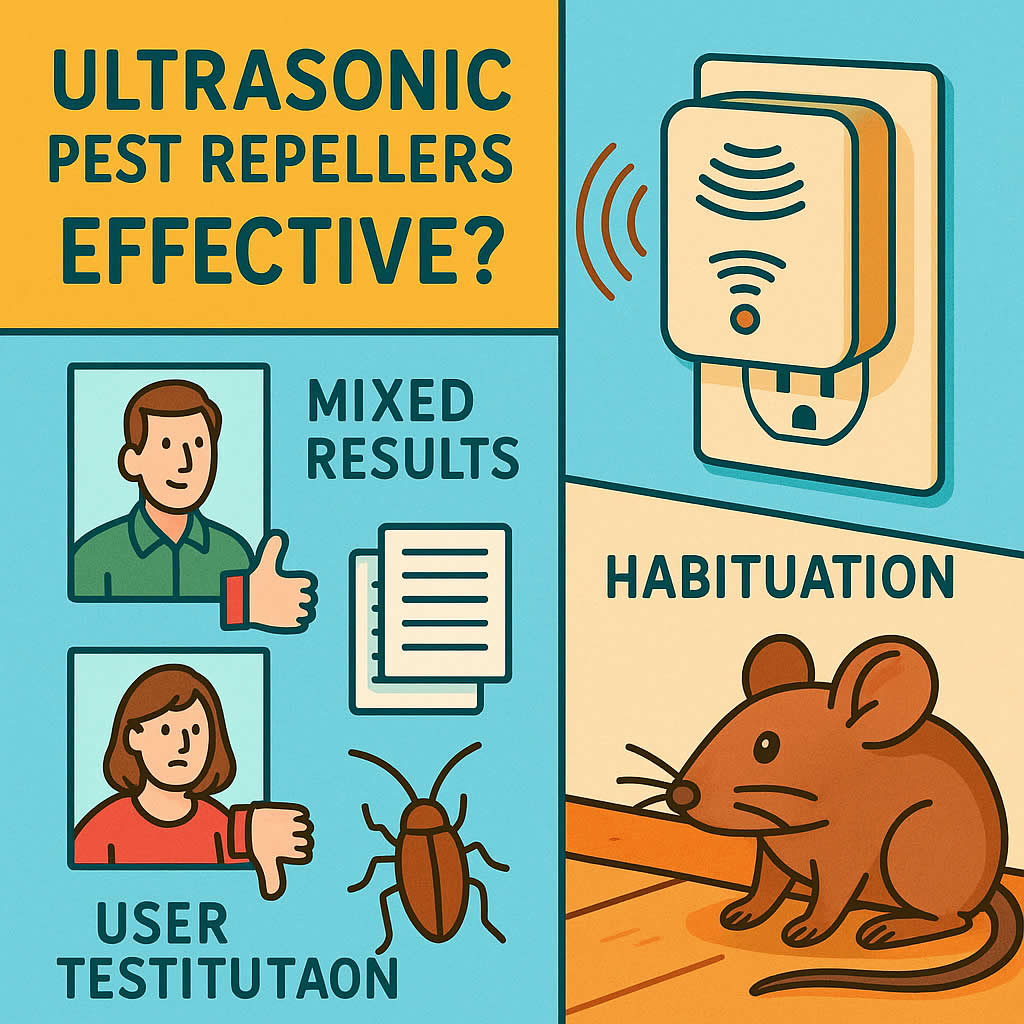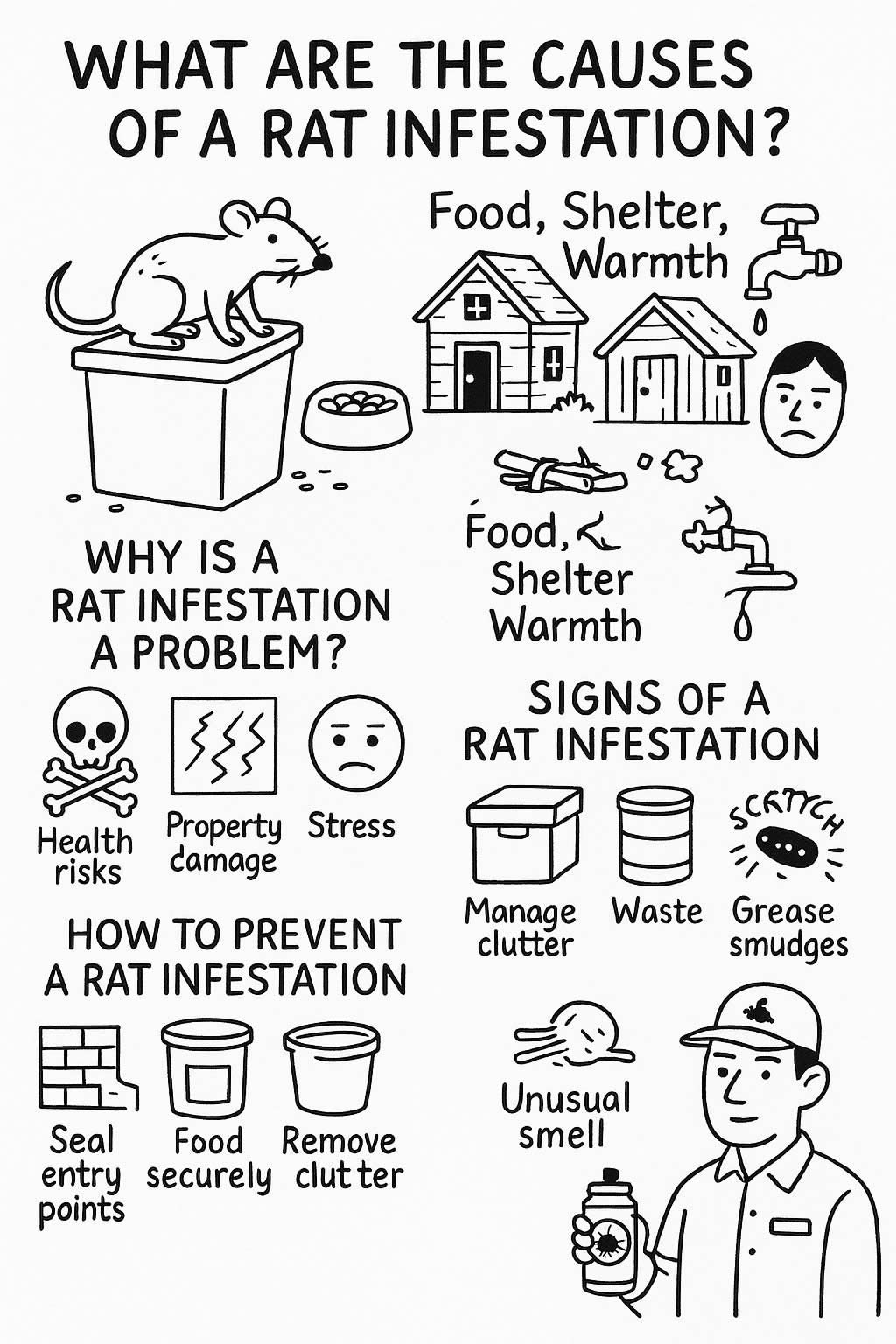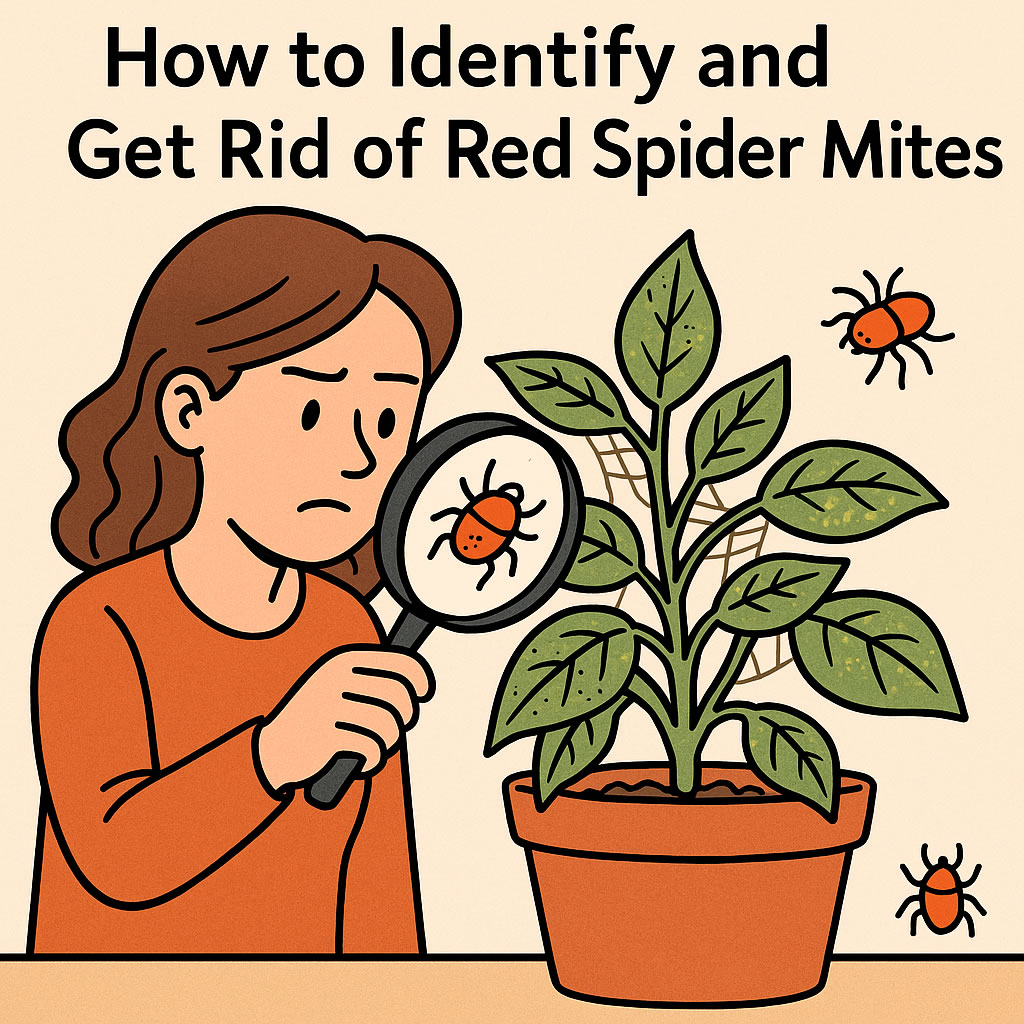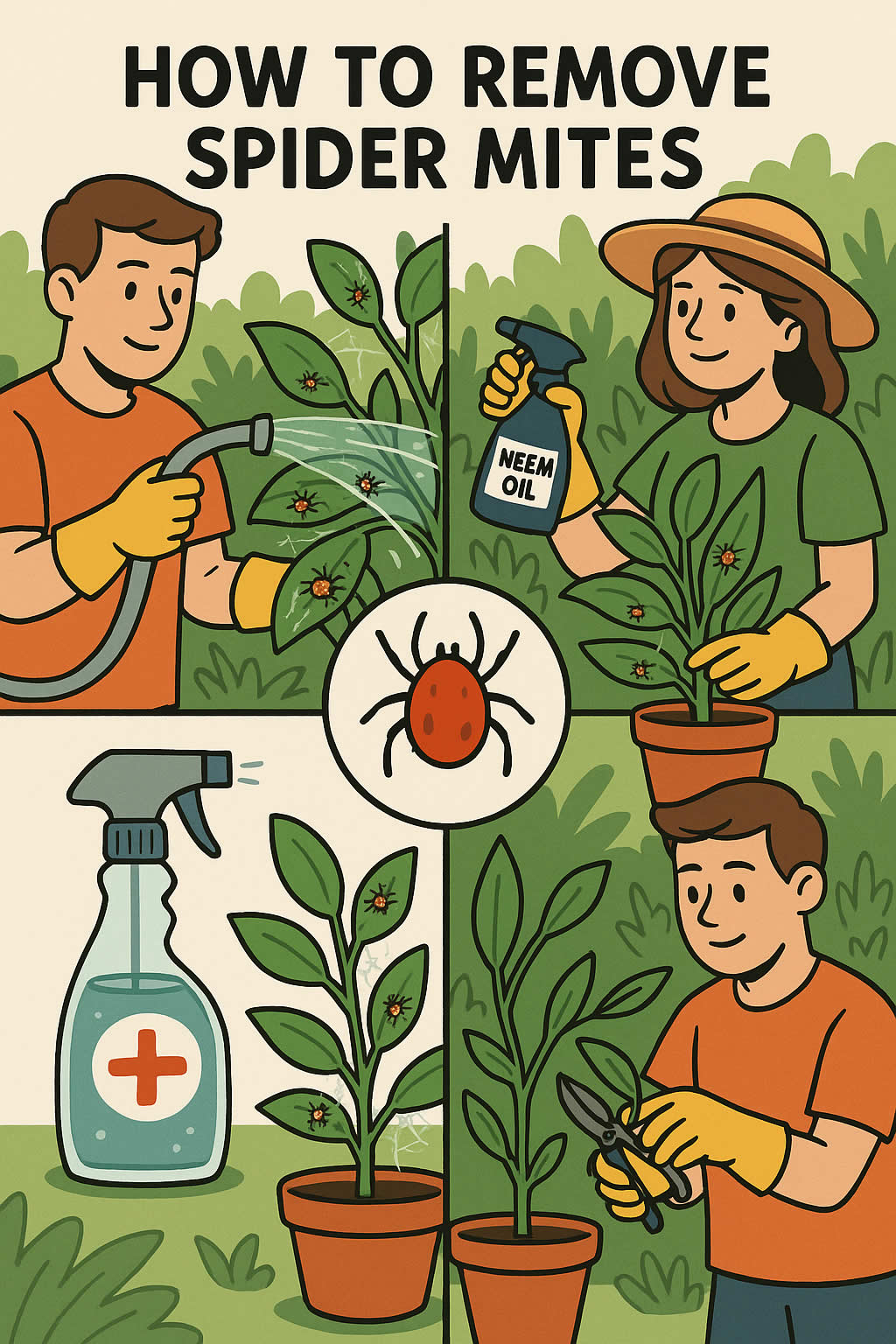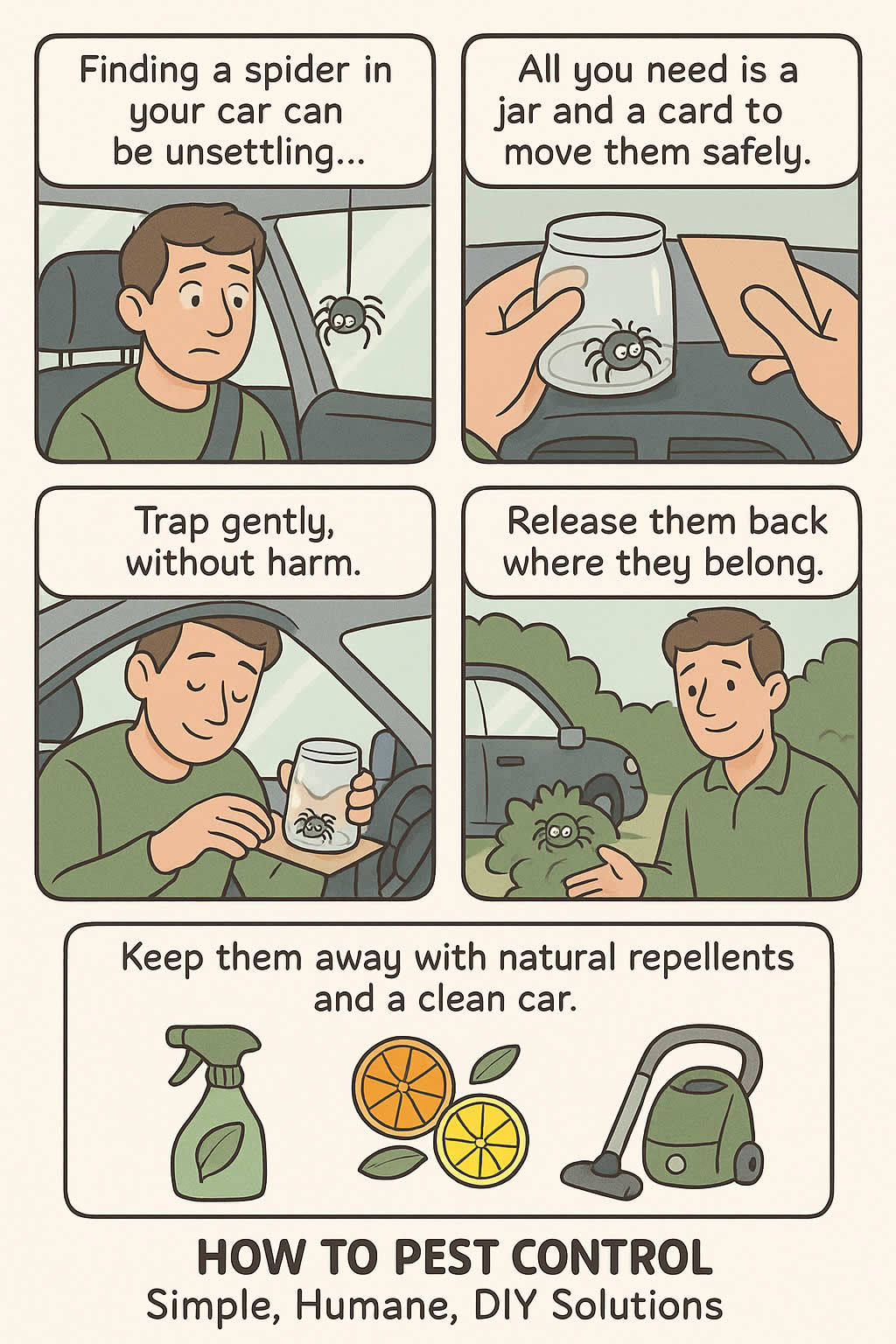Related Queries
ToggleIf you’ve ever heard scurrying in your loft or found droppings in the kitchen cupboard, you’ve probably asked yourself a worrying question—just how big can rats actually get? It’s one thing to imagine a small rodent darting about, but quite another to picture something the size of a small cat sneaking through your walls.
In this post, we’re going to look at the real size potential of rats, break down the types you’re most likely to come across in the UK, and explain what that size actually means for you—your home, your safety, and your peace of mind. If you’re dealing with rats or worried they might be around, this will help you understand what to expect and what steps you can take next.
What’s the Average Size of a Rat?
Let’s start with the basics. Most adult rats aren’t monsters, but they’re not as small as you might think either.
The two types of rats you’ll usually come across in the UK are:
- Brown rats (Rattus norvegicus) – often called the common or sewer rat
- Black rats (Rattus rattus) – sometimes referred to as roof rats
Brown rats are the bigger of the two. On average, a fully grown brown rat measures around 20 to 25 cm (8 to 10 inches) from its nose to the base of its tail. The tail itself can add another 15 to 20 cm (6 to 8 inches), bringing the full length up to up to 45 cm (18 inches). Weight-wise, they can range from 200 to 500 grams, with some hefty individuals tipping towards 600 grams or more.
Black rats are a bit smaller. You’re more likely to see one that’s around 16 to 20 cm (6 to 8 inches) in body length, with a longer tail relative to their body, often matching or even exceeding it. They tend to be lighter, too—usually 150 to 250 grams.
But here’s the thing: while these are averages, rats can grow much bigger under the right (or wrong) conditions.
What’s the Biggest Rat Ever Recorded?
Now we’re getting into the stuff that keeps people up at night.
The largest wild rats ever found have been well over the normal size. There have been reports of brown rats measuring up to 50 cm (20 inches) in body length with tails to match. That’s over a metre from nose to tail tip. Imagine something that size running across your loft boards at 2am.
In 2015, a pest controller in London reportedly found a brown rat that was more than 18 inches long, not including the tail. Photos showed it next to a shovel and, understandably, it went viral. While some questioned the perspective of the picture, even conservative estimates put the rat well above average.
The largest rats ever documented officially tend to be from tropical or exotic species, like the Bosavi woolly rat, discovered in Papua New Guinea, which measured around 80 cm (32 inches) including the tail. But that’s not the kind of rat you’ll find under your kitchen sink in Leeds.
Why Do Some Rats Get So Big?
Size comes down to three main things: food, shelter, and time.
- Plenty of food – Rats that have constant access to high-calorie food (especially human leftovers, pet food, or bin waste) can bulk up quickly.
- A safe place to live – Rats that live in quiet, undisturbed areas like crawl spaces, wall voids or sheds are under less stress and have fewer predators, which allows them to grow.
- No competition – When rats don’t have to fight over space or food, they thrive—and that often leads to bigger individuals.
Rats in urban areas often live well. If your bins aren’t sealed or you’ve got compost near your home, that can be a buffet for them. And once they find a warm corner of a garage or loft to settle in, they can put on size without much trouble.
How Can You Tell You’ve Got a Large Rat Around?
You might not spot the rat itself right away. They’re good at staying hidden. But bigger rats leave behind bigger clues.
Here’s what to look for:
- Larger droppings – A big rat leaves droppings that are longer and thicker. These can be about 2 cm in length and blunt at both ends.
- Heavier noises – You’ll hear more pronounced scratching, thumping, or even dragging sounds in walls or ceilings at night.
- Wider gnaw marks – Rats constantly gnaw to keep their teeth in check. Larger rats make bigger, deeper bite marks on wood, plastic, even cables.
- More damage – A big rat can chew through thicker materials, shift light debris, and create more obvious entry points.
If you’re hearing what sounds like a small dog walking around in your loft at night, that’s not your imagination. It might be a large rat—or more likely, a few of them.
Is a Big Rat More Dangerous Than a Small One?
In terms of physical threat, a large rat is no more aggressive than a smaller one. Rats are generally skittish. They’ll avoid people if they can. But their ability to cause damage increases with size.
Bigger rats can:
- Chew through harder materials
- Create wider entry points into your home
- Cause more damage to insulation, wiring, and stored belongings
- Eat more food from your cupboards or pet bowls
- Spread more waste and bacteria across surfaces
So while size doesn’t equal danger in a direct sense, it does raise the risk of contamination, property damage, and even electrical fires if they’re gnawing wires.
Are Giant Rats a Sign of a Bigger Infestation?
Not always. Sometimes, one large rat might be what’s left after others have died or moved on. But often, a big rat means a long-standing problem.
The longer rats go undisturbed, the more likely you’ll get bigger ones. You might also see them breeding unchecked. A single female rat can produce up to 2,000 offspring in a year under ideal conditions. So even if it starts with a few, it doesn’t stay that way for long.
What Can You Do If You Think You’ve Got Large Rats?
The first thing is not to panic—but you shouldn’t ignore it either. A large rat means they’ve likely been around a while, and that usually means there’s food, warmth or access somewhere you need to block off.
Here’s what to do next:
- Look for access points
Rats only need a gap the size of a 50p coin to squeeze through. Check for holes around pipes, vents, gaps in floorboards, broken air bricks, and unsealed entry points. - Tidy up food sources
Make sure bins are sealed. Clear up pet food. Clean under units and behind cookers where crumbs build up. Don’t leave bird seed or food waste outside overnight. - Check for nesting materials
Large rats will build more substantial nests using shredded insulation, fabric, cardboard or paper. If you see this in your loft or behind stored boxes, that’s a strong sign. - Don’t wait to act
If you’ve seen one, there are probably more. Rats are social creatures. Call in professional pest control before the problem escalates. DIY traps or poison may deal with one or two, but they won’t solve the root issue.
Can Rats Keep Growing the Longer They Live?
Rats don’t grow forever, but they do grow rapidly—especially in their first few months. Most reach full size by 6 months, but some will continue to fill out if food is abundant.
While it’s rare for a rat to live more than 2 to 3 years in the wild, they can live longer in captivity. In that time, with consistent food and shelter, they can become noticeably bigger than the average.
So, in theory, yes—they can get larger the longer they survive, but there’s a natural limit.
How Do You Keep Giant Rats Away for Good?
Prevention is always easier than removal. If you don’t want to deal with oversized rodents again, focus on three things:
- Seal everything
Go around your home once every few months and check for cracks, gaps or loose vents. Block up any potential entrances using steel wool or cement—not foam, as rats can chew through that easily. - Keep your surroundings clean
Inside and out. Don’t leave food lying around, including in compost heaps, sheds or garages. Keep bins away from exterior walls if possible. - Stay alert to early signs
If you start hearing odd noises, notice droppings or see gnaw marks, act early. The sooner you break the cycle, the less chance rats have to grow—or multiply.
Final Thoughts: Should You Be Worried About How Big Rats Can Get?
It’s normal to be unnerved by the idea of giant rats sneaking around your home. And while the very biggest examples are rare, larger-than-average rats are becoming more common, especially in urban areas with easy food and shelter.
But knowing what to look out for—and acting early—can stop the problem before it gets serious. Whether you’ve seen one or you’re just making sure you don’t, it’s always worth staying a step ahead.
If you’re ever unsure, call in a professional. It’s better to know for sure than to guess and hope for the best. Because once rats get comfortable, they don’t tend to leave on their own—and some might grow bigger than you’d ever expect.
Pest Control Aley Green – Pest Control Pavenham – Pest Control Kempston West
